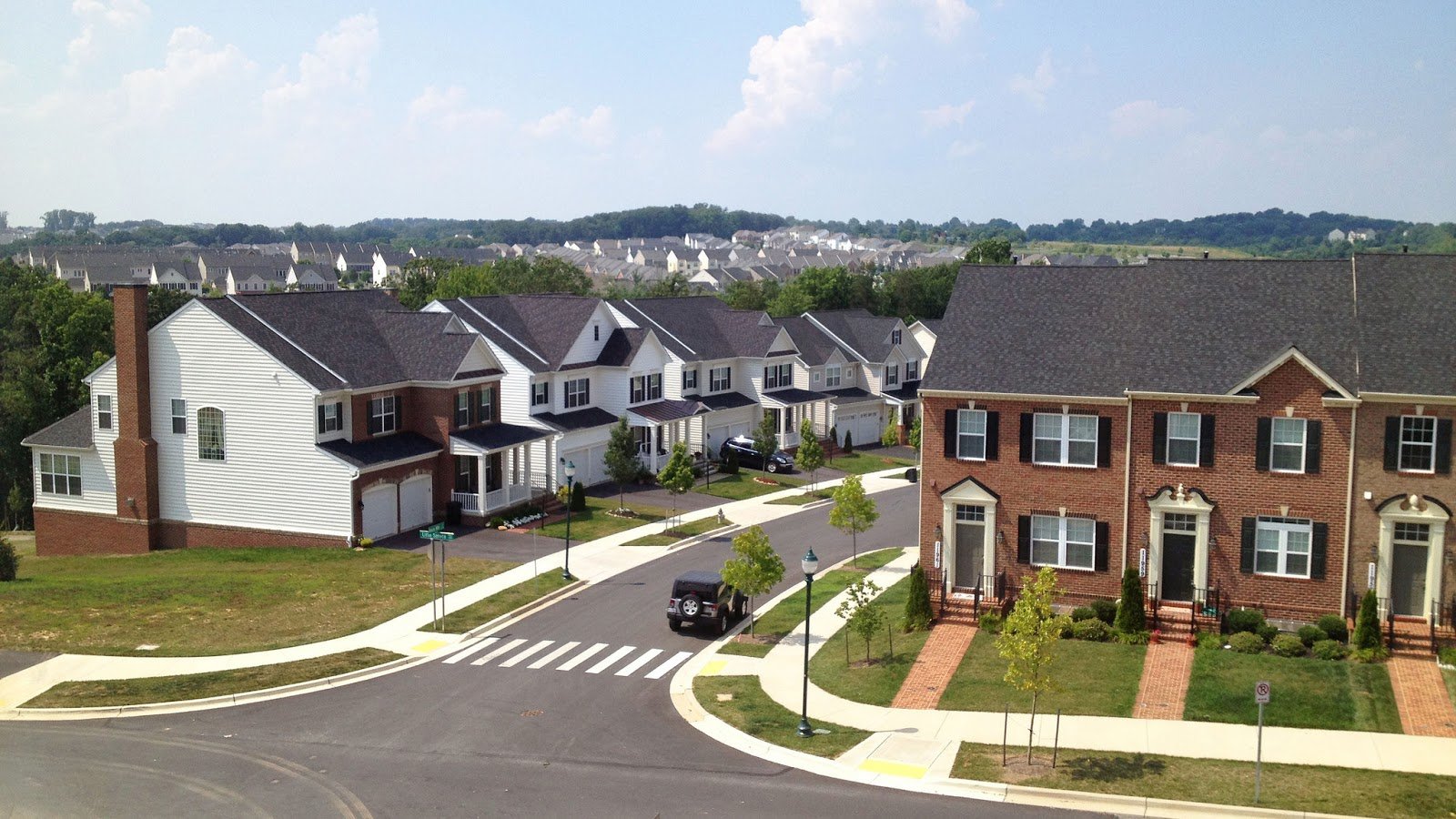Urban vs Suburban Living: Contrasts and Considerations

Living in urban and suburban areas presents distinct lifestyles, each with its own set of advantages and considerations. Whether individuals are deciding where to settle down or businesses are evaluating locations for operations, understanding the differences between urban and suburban living is crucial. In this guide, we’ll explore the key contrasts and considerations between urban and suburban areas.
1.Population Density and Space
One of the most noticeable differences between urban and suburban areas is population density and space availability. Urban areas are characterized by high population density, with residential and commercial properties often closely packed together. In contrast, suburban areas typically offer more spacious environments, with lower population densities and larger residential lots. The choice between urban and suburban living often boils down to individual preferences regarding space, privacy, and proximity to neighbors.
2.Accessibility and Transportation

Accessibility and transportation options vary significantly between urban and suburban areas. Urban dwellers typically enjoy easy access to public transportation networks, including buses, trains, and subways, making it convenient to navigate the city without relying on a personal vehicle. In contrast, suburban residents often rely on cars for transportation due to limited public transit options. While suburban areas may offer more parking and less traffic congestion, urban areas provide greater accessibility to amenities, entertainment, and cultural attractions within walking distance.
3.Cost of Living and Housing

Cost of living and housing costs differ between urban and suburban areas, influencing the affordability of each option. Urban living tends to be more expensive, with higher housing prices, rental rates, and overall cost of living due to the demand for centrally located properties and proximity to amenities. In contrast, suburban living generally offers more affordable housing options, with lower property prices and rental rates. However, suburban residents may incur higher transportation costs associated with car ownership and commuting expenses.
4.Amenities and Entertainment
Urban and suburban areas offer distinct amenities and entertainment options tailored to different lifestyles and preferences. Urban centers boast a diverse array of restaurants, cafes, bars, theaters, museums, and cultural attractions, providing residents with a vibrant and dynamic lifestyle. Suburban areas, on the other hand, often feature family-friendly amenities such as parks, playgrounds, recreational facilities, and shopping centers, catering to residents seeking a quieter and more suburban lifestyle. The choice between urban and suburban living may depend on individual preferences regarding access to amenities and entertainment.
5.Community and Lifestyle

Community and lifestyle factors play a significant role in shaping the appeal of urban and suburban living. Urban areas are known for their diverse and multicultural communities, offering opportunities for social interaction, networking, and cultural exchange. Suburban communities, on the other hand, often prioritize family-oriented lifestyles, with close-knit neighborhoods, community events, and schools. The choice between urban and suburban living may hinge on factors such as lifestyle preferences, stage of life, and desired sense of community.
6.Safety and Security
Safety and security considerations differ between urban and suburban areas, influencing residents’ perceptions of each environment. Urban areas may face higher crime rates and safety concerns due to higher population densities and socioeconomic disparities. Suburban areas, meanwhile, are often perceived as safer and more secure, with lower crime rates and a greater sense of community vigilance. However, safety perceptions can vary widely depending on specific neighborhoods and local factors. Individuals and businesses should conduct thorough research and assessments of safety and security conditions in both urban and suburban areas before making decisions.
Understanding Auto Loans for Urban and Suburban Living
For individuals considering purchasing a vehicle in either urban or suburban areas, understanding auto loans is essential. Auto loans allow borrowers to finance the purchase of a car, providing flexibility in spreading out the cost over time. When evaluating auto loan options, consider factors such as interest rates, loan terms, down payment requirements, and monthly payments. Urban residents may prioritize fuel efficiency and compact size for navigating city streets, while suburban residents may prioritize larger vehicles with more cargo space for commuting and recreational activities. By carefully evaluating auto loan options and choosing a vehicle that aligns with your lifestyle and needs, you can enhance your urban or suburban living experience.
Conclusion
Urban and suburban living offer distinct lifestyles, each with its own set of advantages and considerations. The choice between urban and suburban living depends on individual preferences regarding population density, accessibility, cost of living, amenities, community, safety, and lifestyle. By understanding the differences between urban and suburban areas and considering factors such as accessibility, cost of living, amenities, community, safety, and lifestyle preferences, individuals and businesses can make informed decisions about where to live and operate. Whether it’s the bustling energy of urban life or the tranquility of suburban neighborhoods, each offers unique opportunities and experiences for residents and businesses alike.


